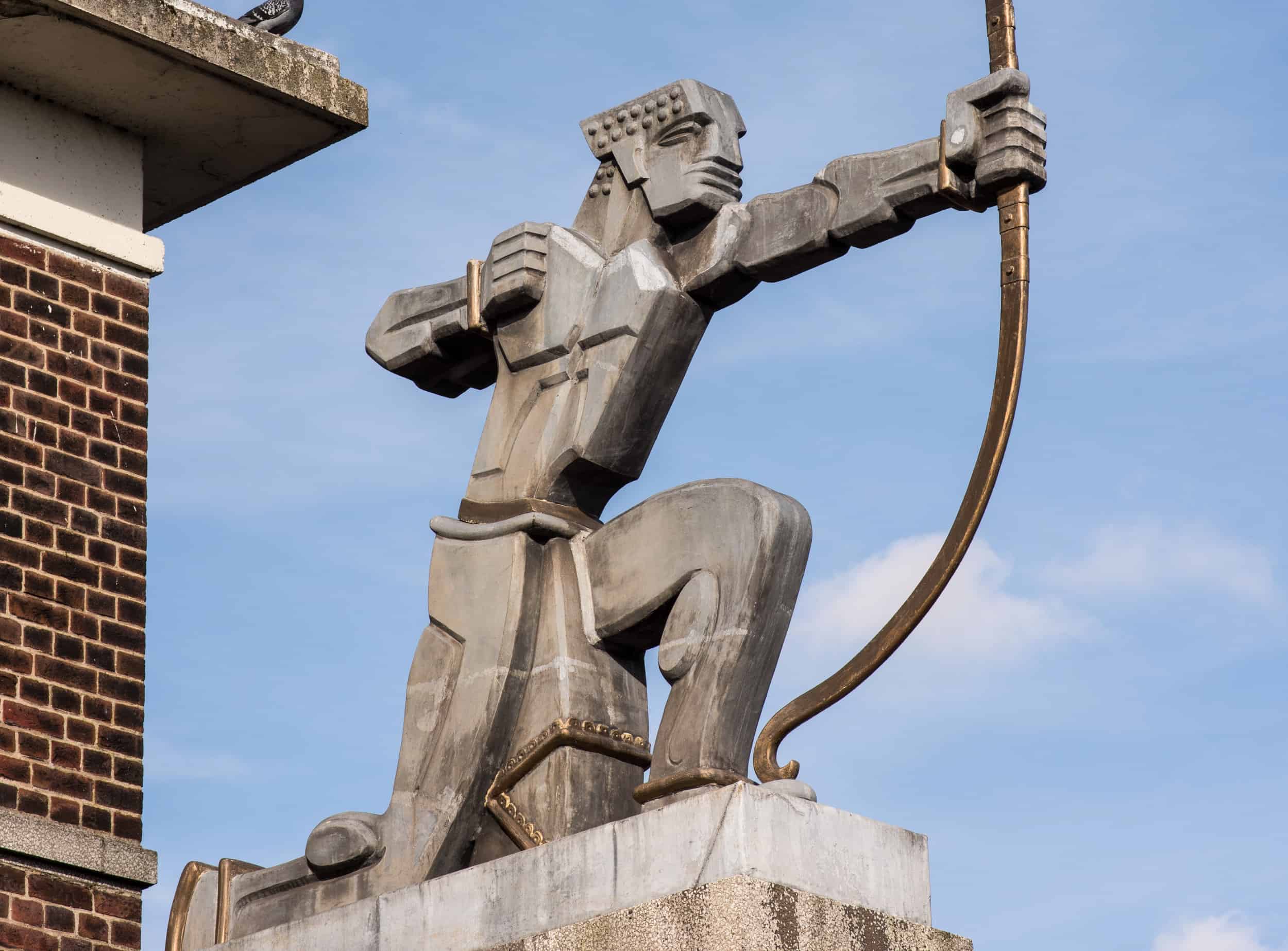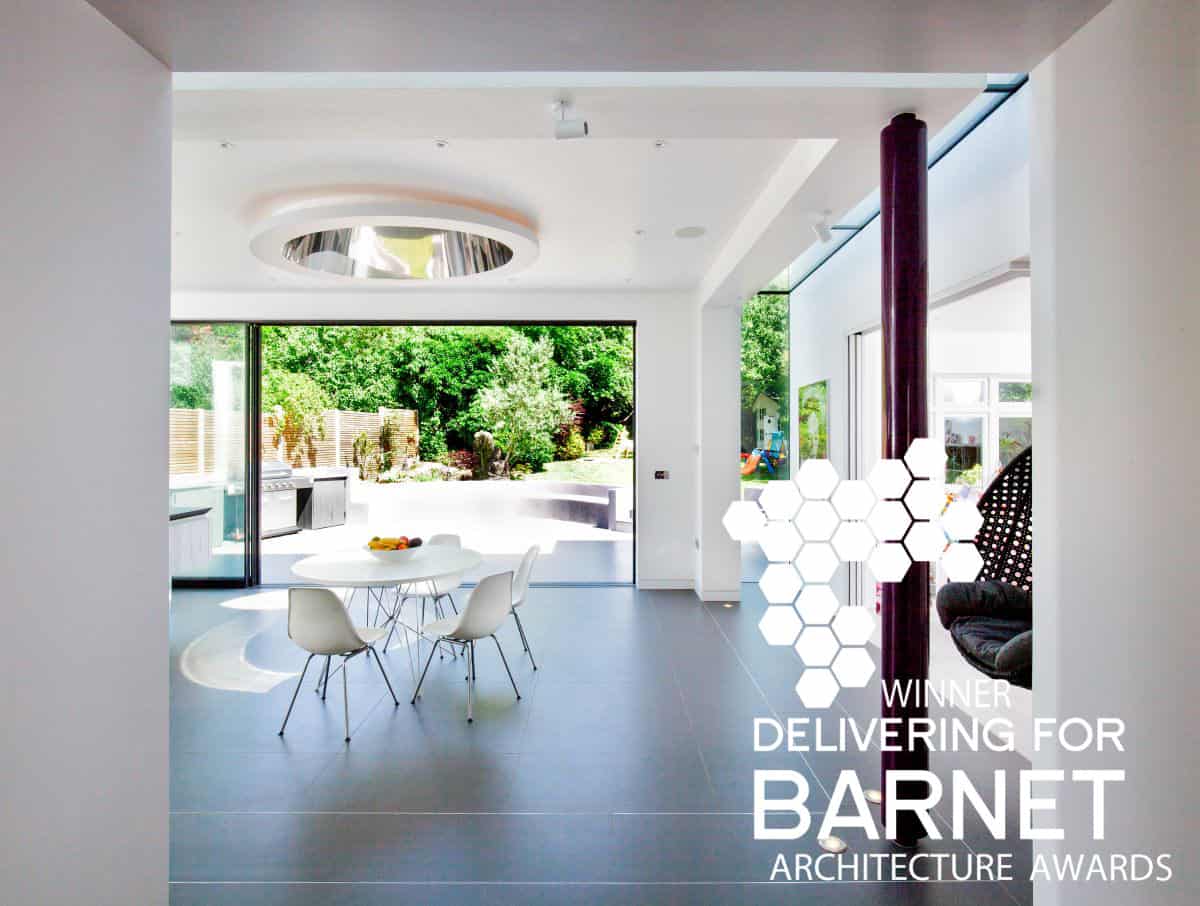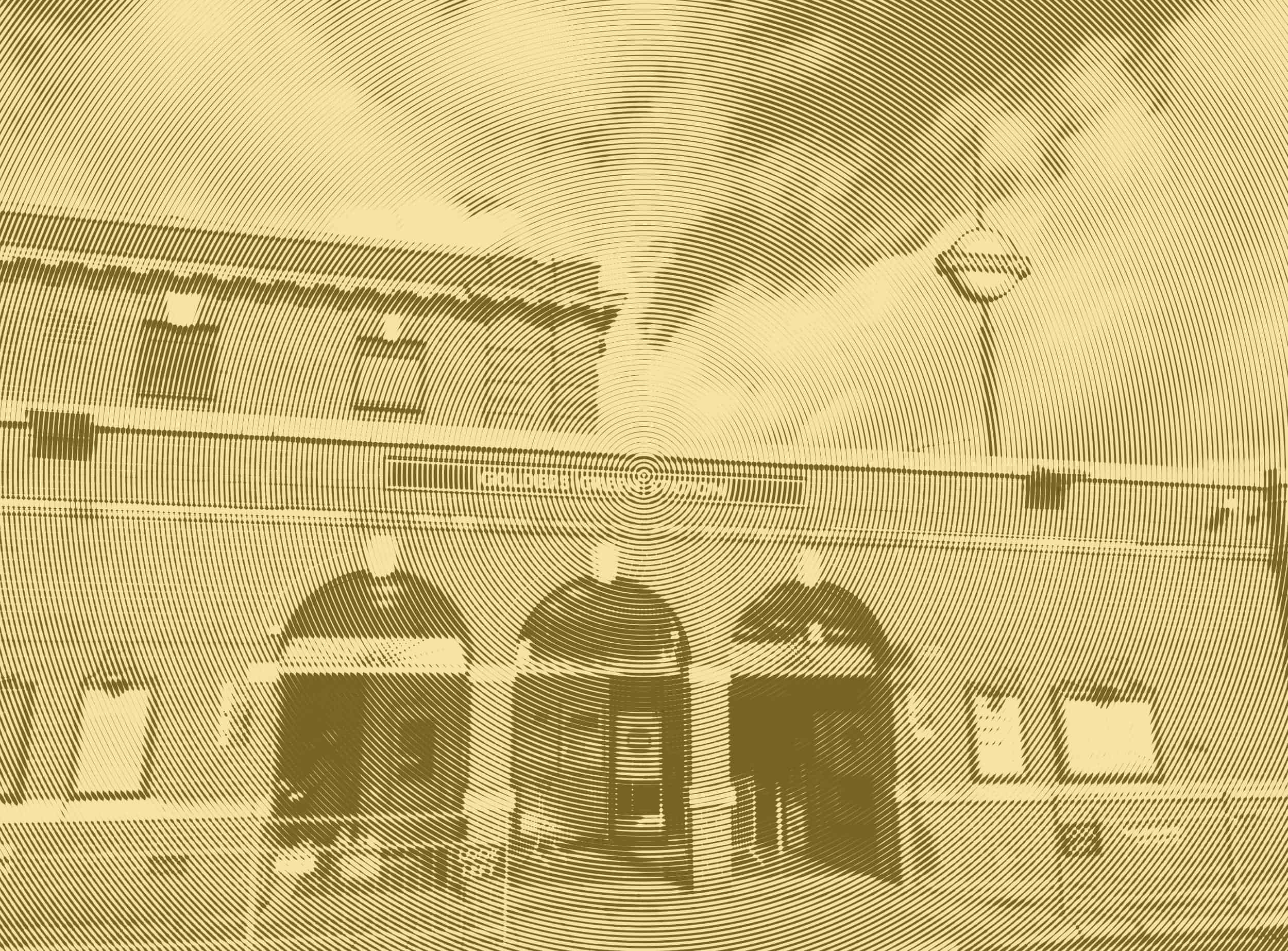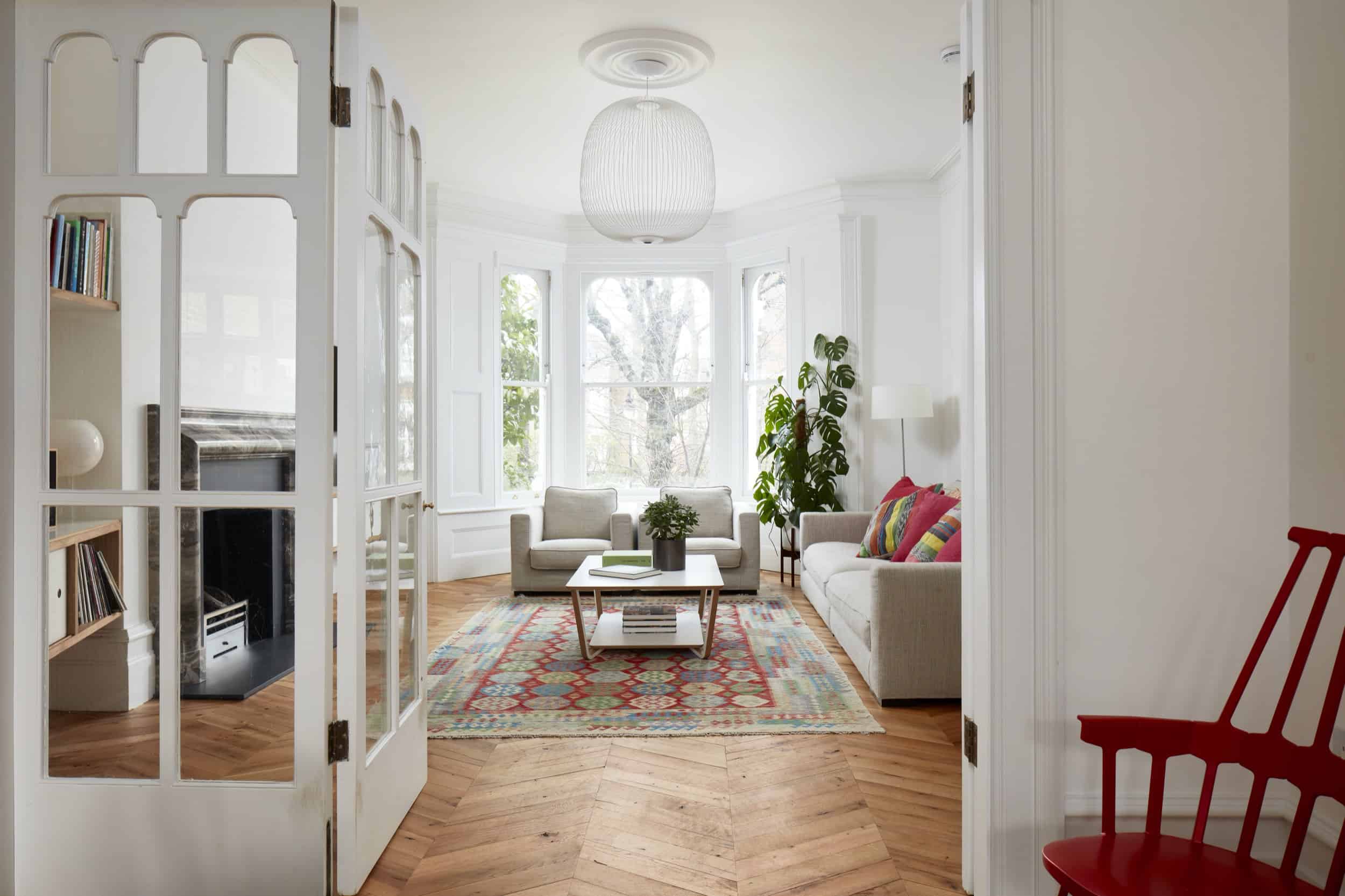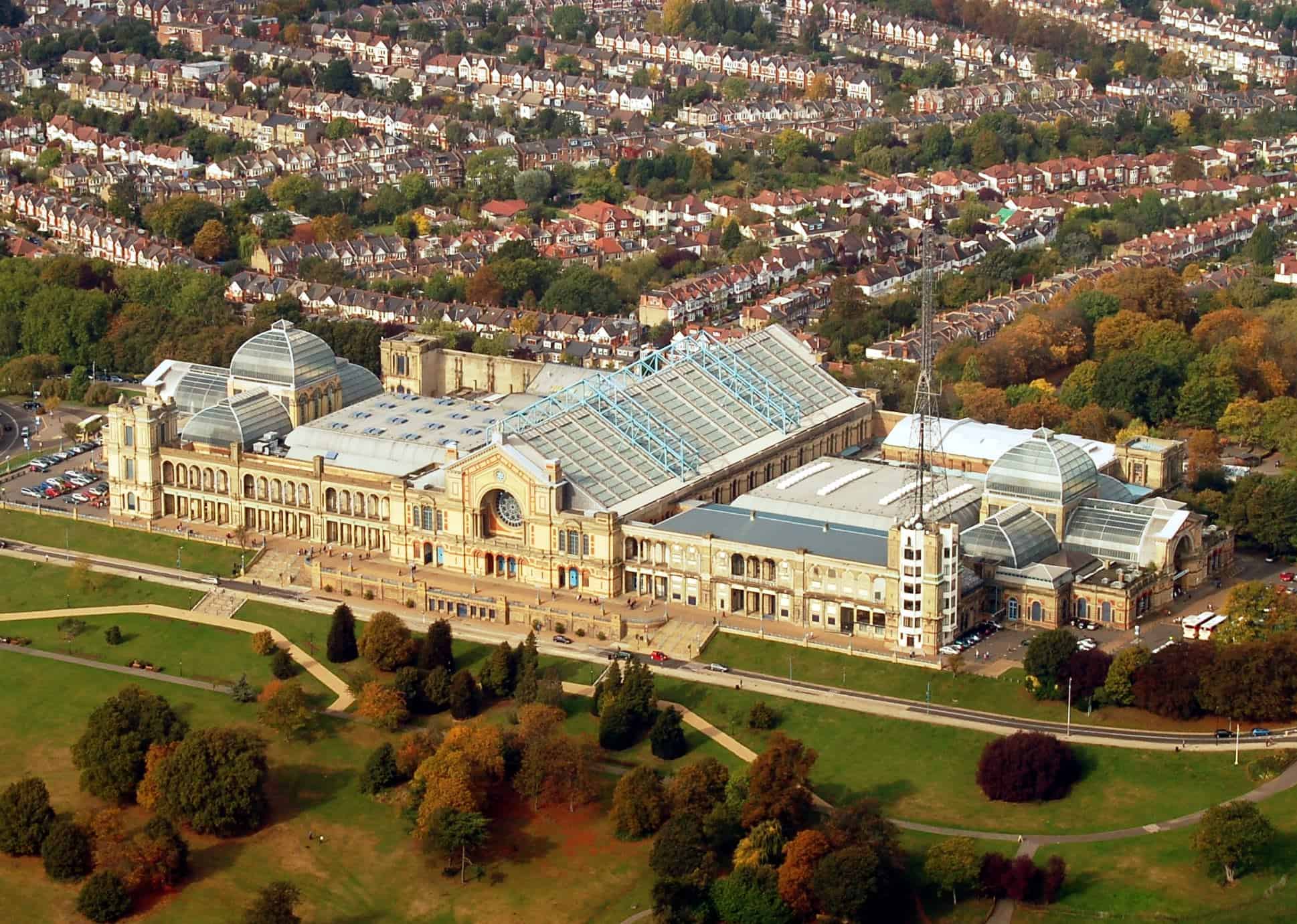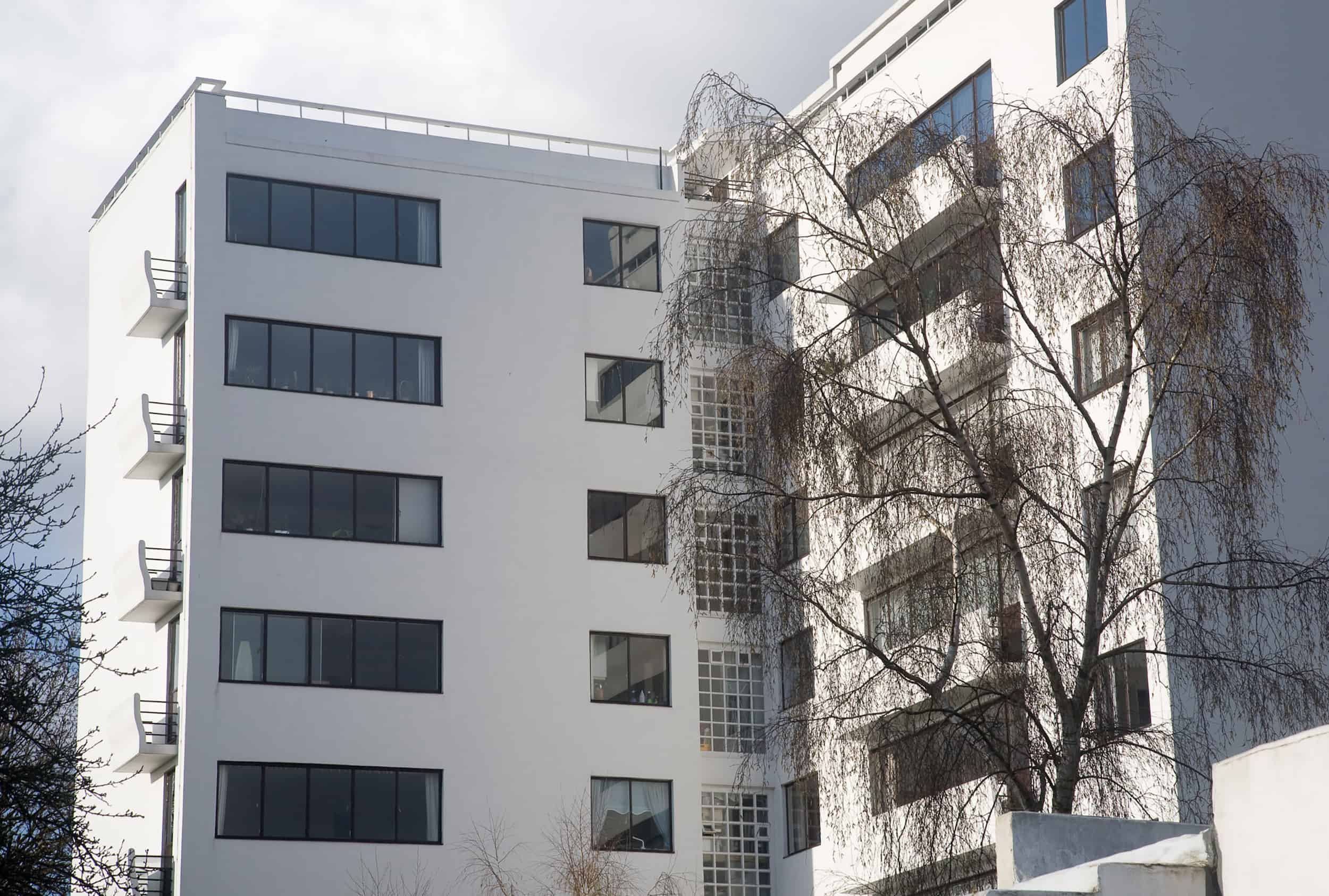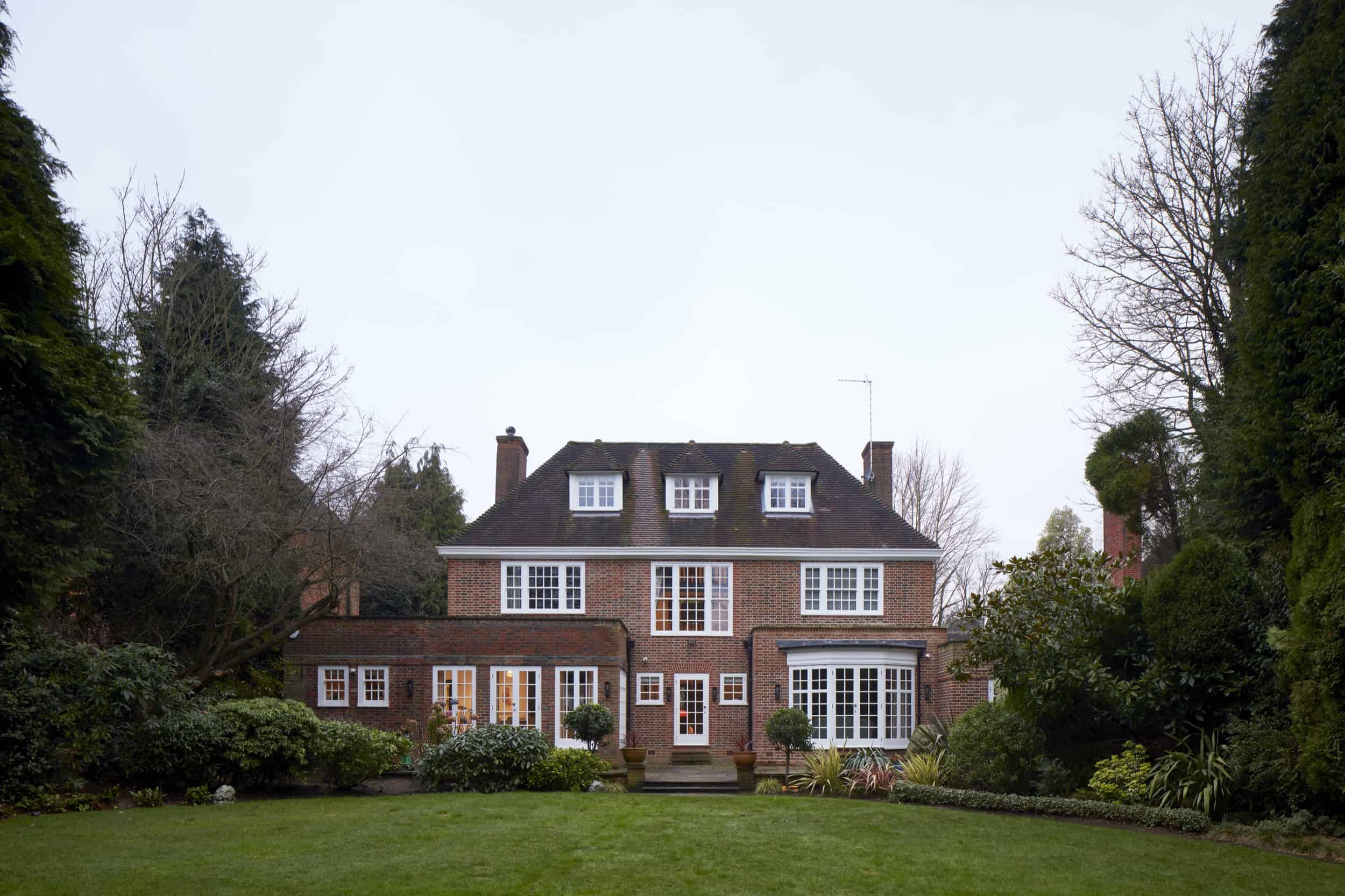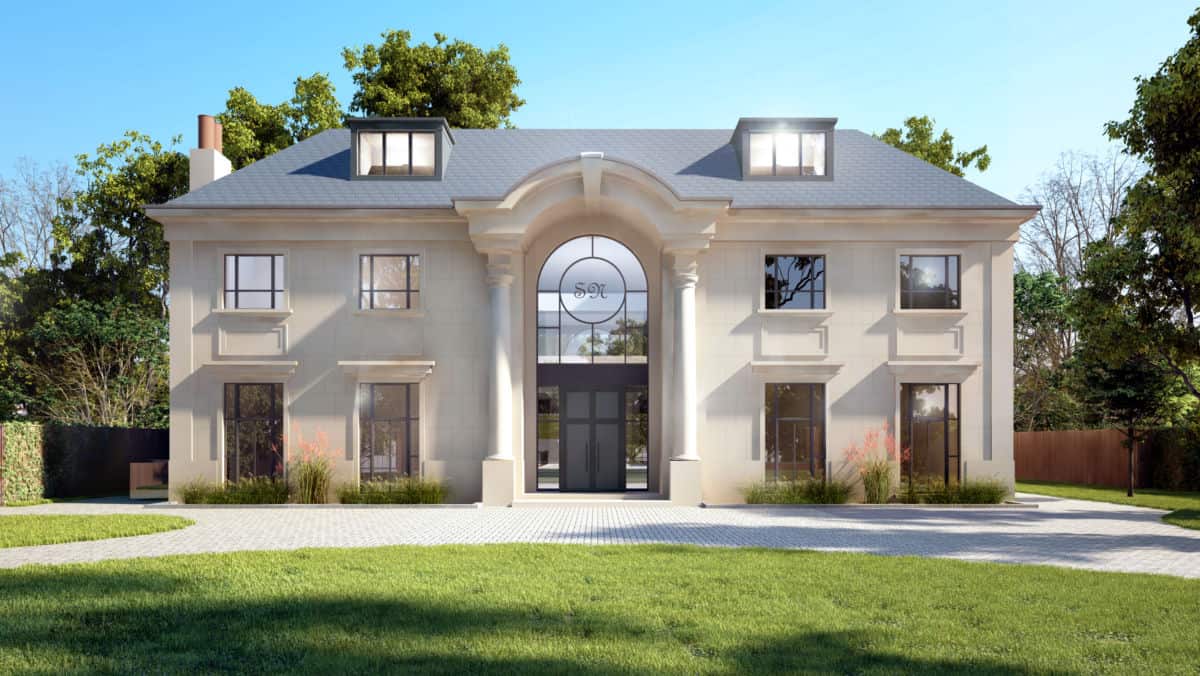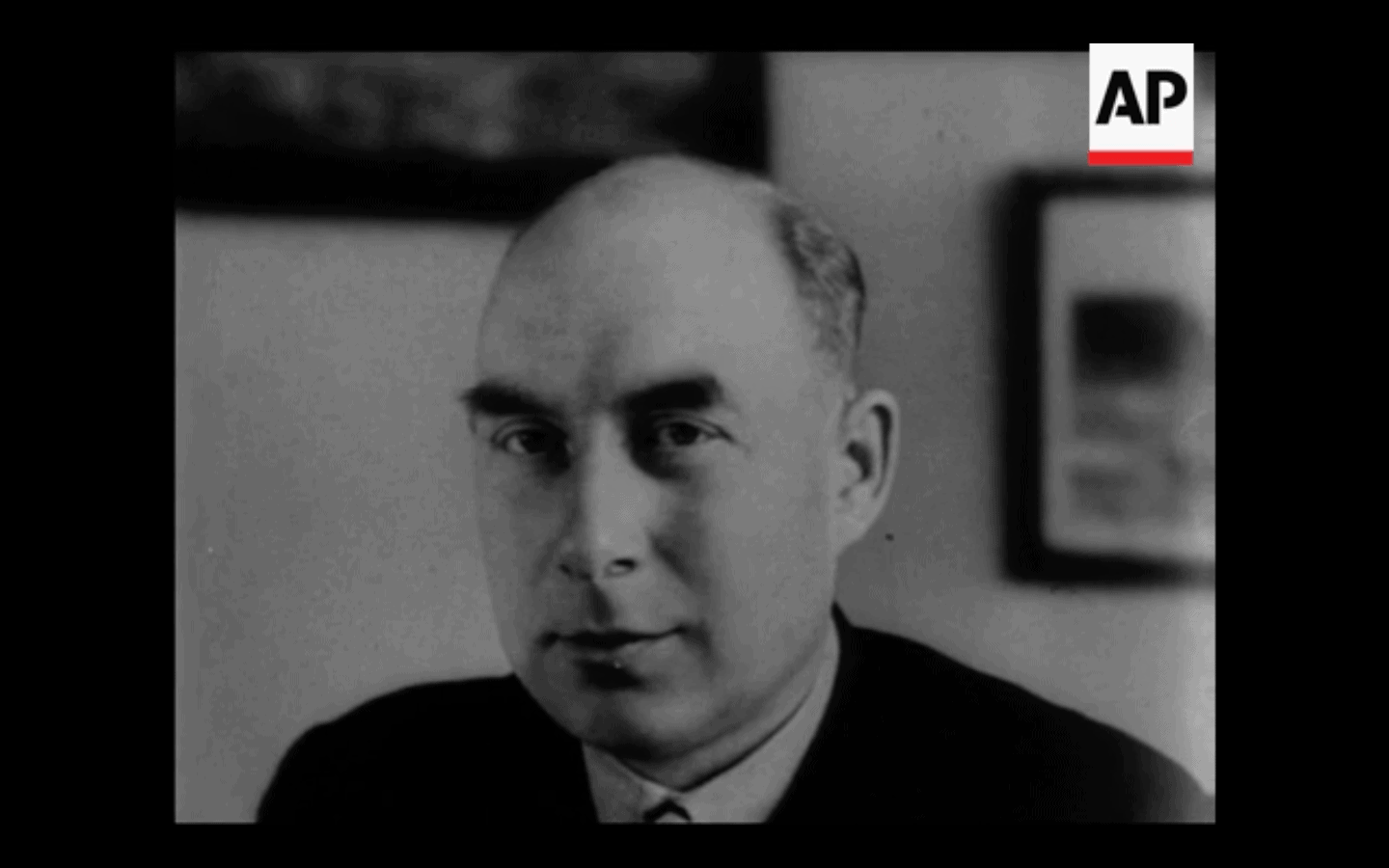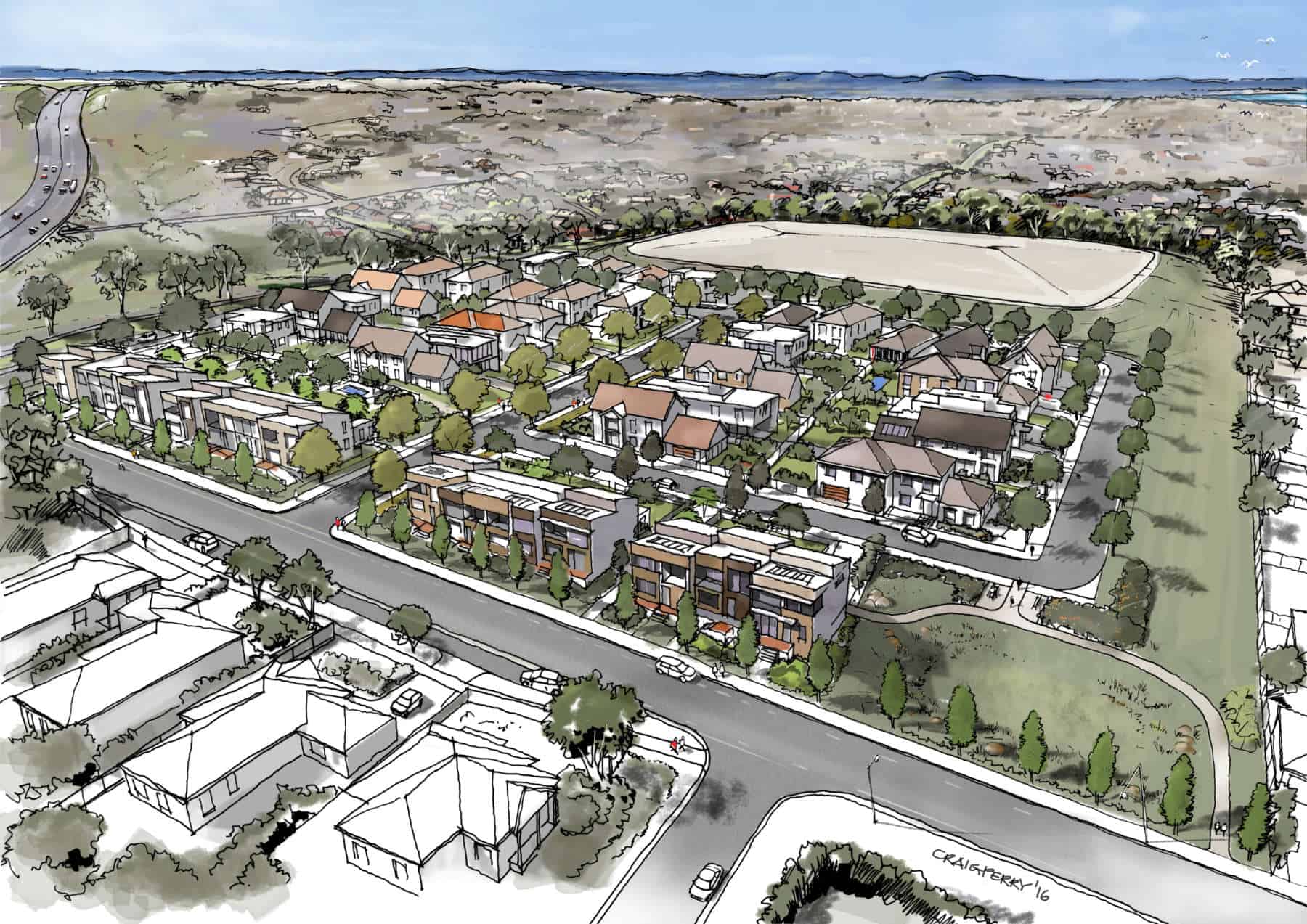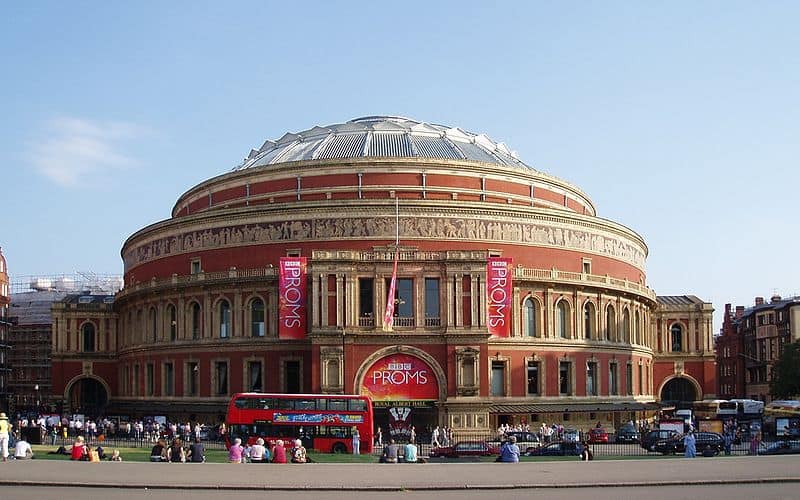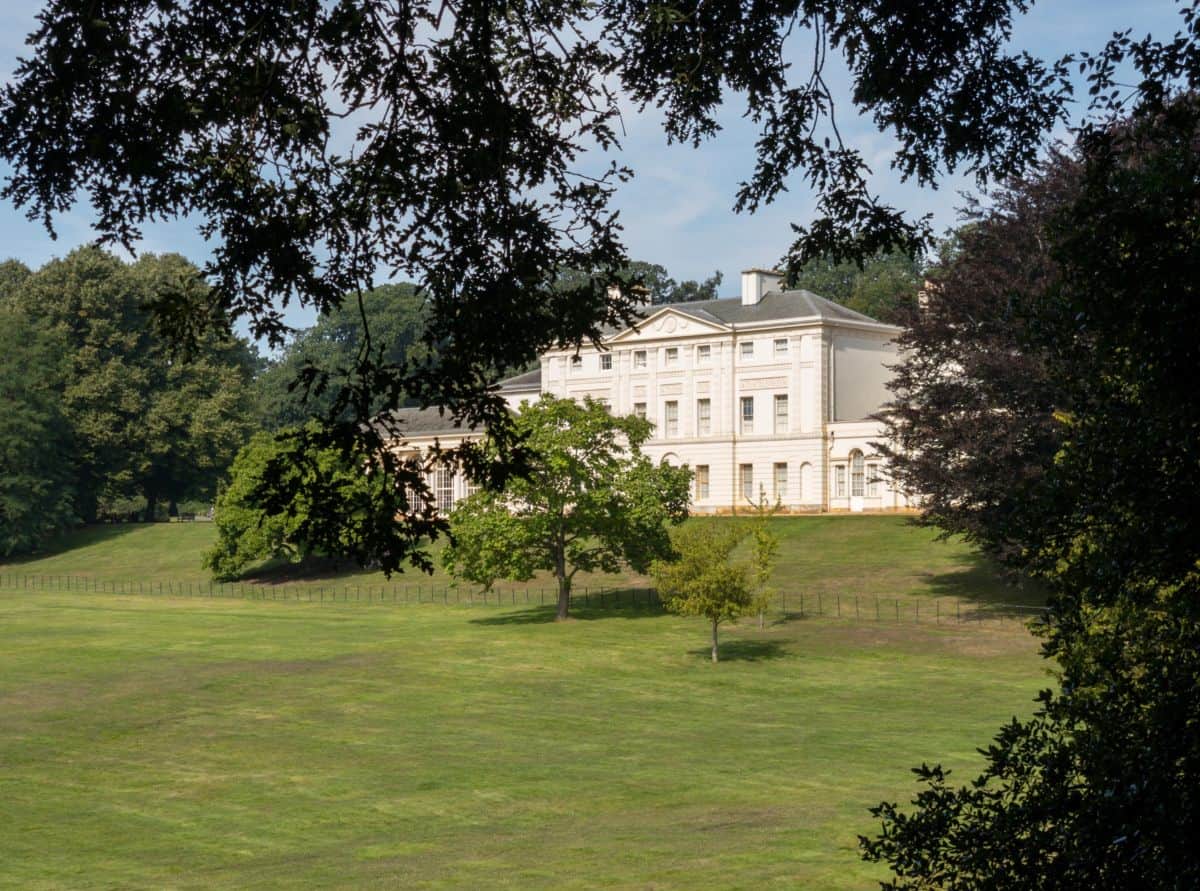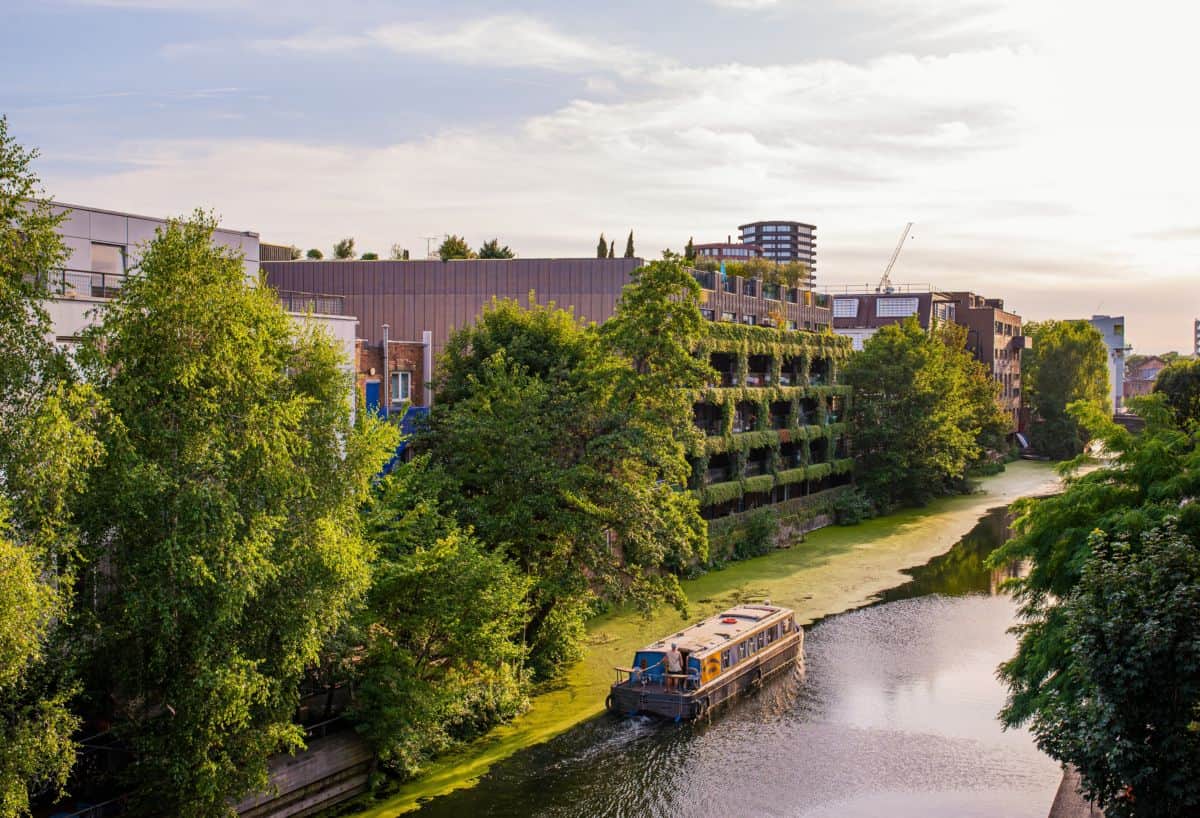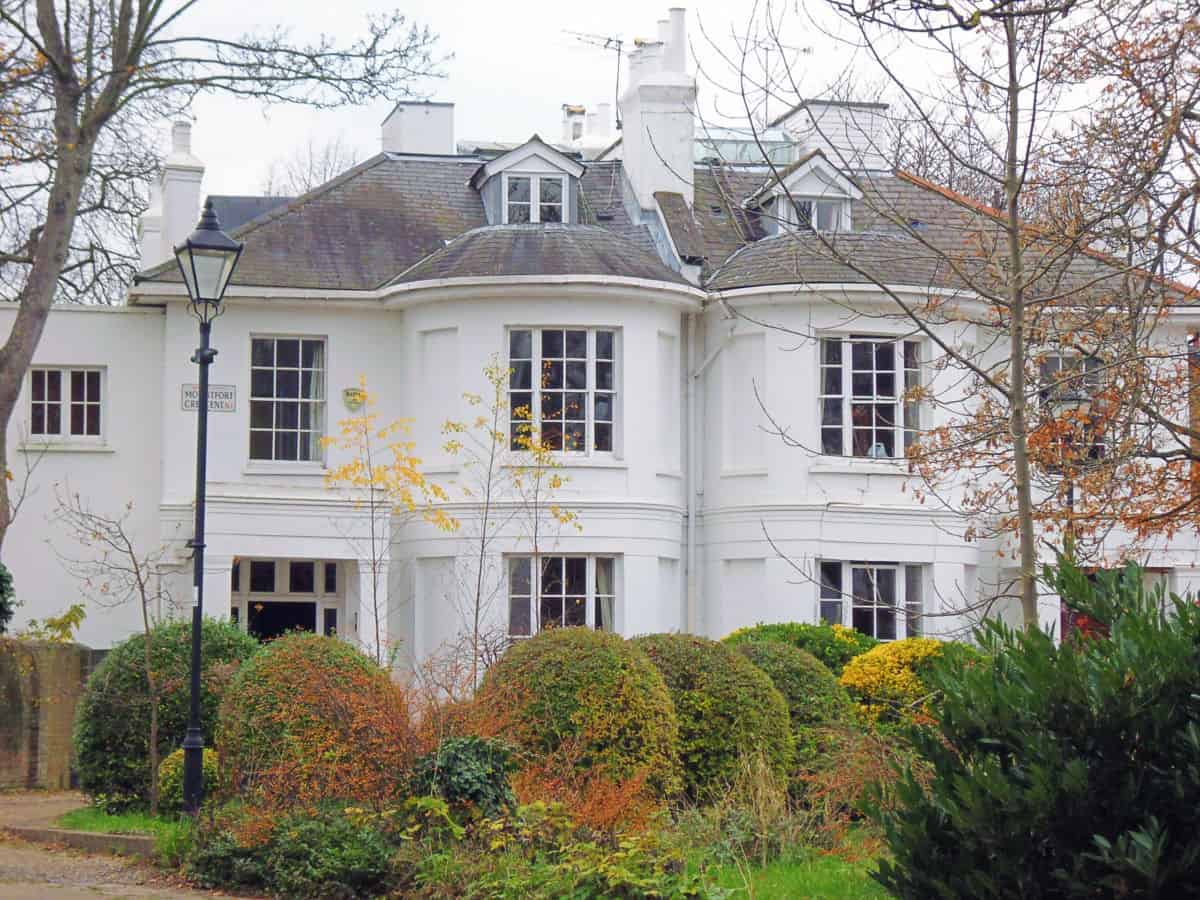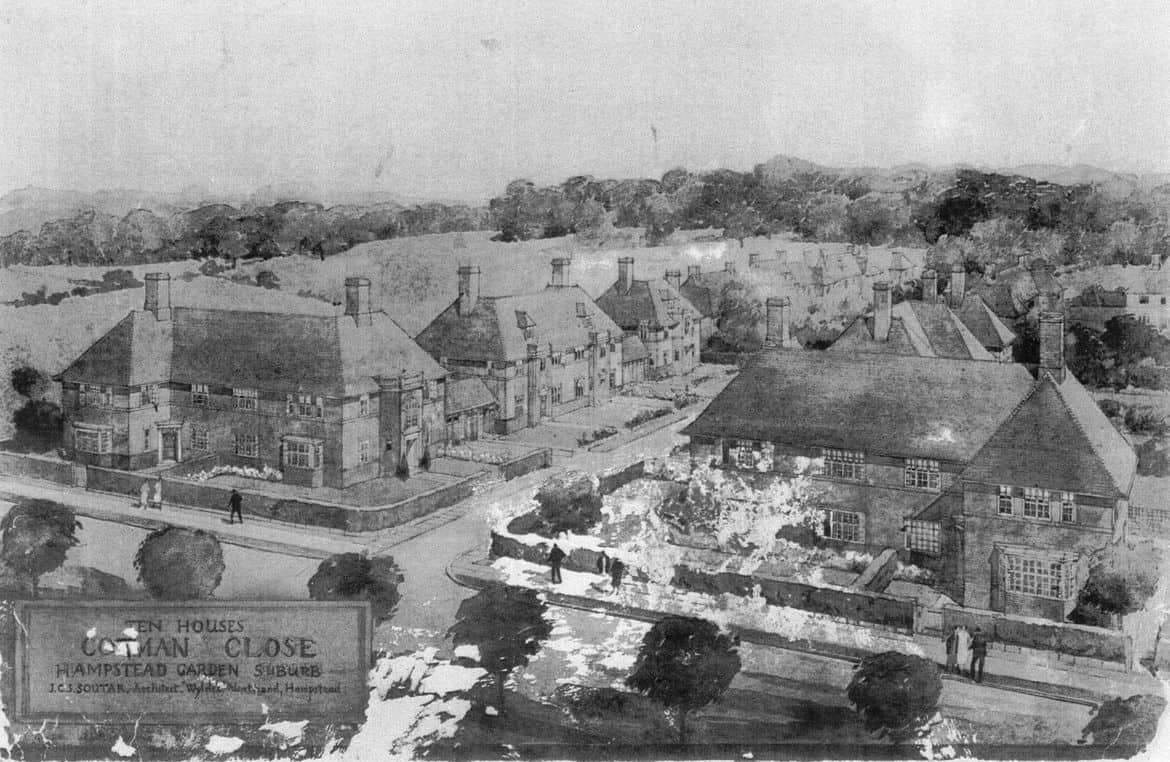1930s Moderne architecture in Hampstead Garden Suburb
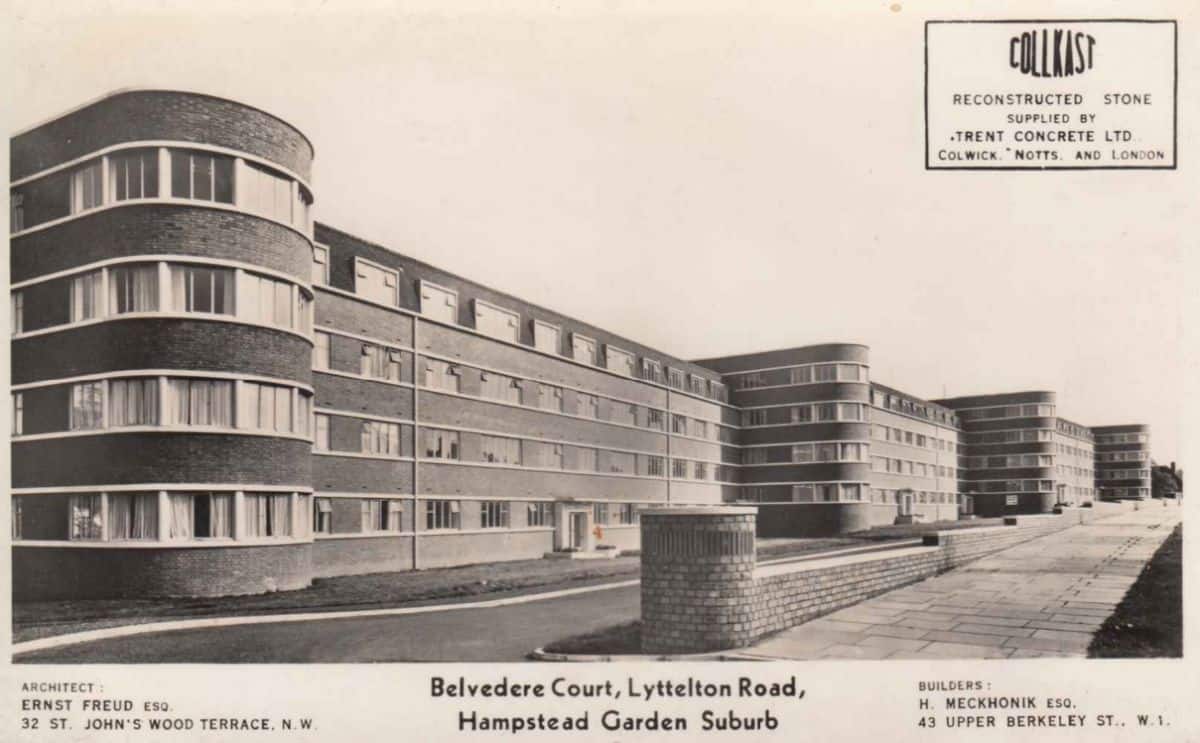
Hampstead Garden Suburb might be one of the most picture-perfect areas in all of London, but it is not traditionally an area known for its modernist buildings and architecture. However, that is not to say that there are no examples of modernity here. In fact, this is an area that has seen a fair amount of experimentation from architects working in different eras and styles.
1930s Moderne architecture has been hugely influential all over the world, and there are plenty of examples in London, but it was predominantly Ernst L Freud who helped develop this style in the Hampstead Garden Suburb area.
This article will examine 1930 Moderne architecture, its influence and look at Freud’s work on Belvedere Court in Hampstead Garden Suburb. So let’s dive in and find out more about Moderne architecture and why it has had such a major impact on the architectural industry, and on both British and American society as a whole.
 Image courtesy Hampstead Garden Suburb Heritage Virtual Museum
Image courtesy Hampstead Garden Suburb Heritage Virtual Museum
What is Moderne Architecture?
Moderne architecture is one of the most important forms of architecture to have developed in the 1930s and ‘40s. It is sometimes known as Style Moderne, and there are a few different offshoots of Moderne architecture that we will look at a little later. Coming up with a definition of Moderne architecture can be tricky, but we think that architectural historian Richard Wilson gave the best definition. He described Moderne architecture as being ‘a style that is characterised by a combination and coexistence of traditionalism and modernism’.
How the style developed
So, how did Moderne architecture develop and evolve as a style, and where do its influences come from? Well, there are a lot of things you could point to here, but Moderne architecture is believed to be a style that evolved and grew out of the Art Deco architectural movement. From 1925 through to 1940, Moderne was a popular and common form of architecture, and this is something that has had a massive impact on taking things forward and evolving it into other styles and trends.
Art Moderne
Indeed, it seems that Art Moderne is one of the common and popular variants of Moderne architecture, and this one is directly developed out of Art Deco. The style was created in response to the post-Great Depression era in the United States, with a focus on designing buildings that were more streamlined, cutting back on some of the overly ambitious designs and styles that were popular before then.
Some of the key hallmarks of this type of architectural style included curves, long horizontal lines and the use of natural shapes and features. Furthermore, the designs were meant to emphasise simple geometry, and these made the buildings fresher, more appealing and more mainstream.
Also known as Streamline Moderne, Art Moderne architecture is known for its aerodynamic designs, with curving forms and, occasionally, nautical elements. Interestingly, this is a style that began on the railroads, and was adopted by pioneering architects who decided to use the appearance of sleekness and modernity to breathe new life into their buildings. In France, this was a style known as Paquebot, which roughly translates as ‘ocean liner.’ Indeed, some of these designs certainly resemble old cruise liners. Glass walls, flat roofs and white colours are just some more hallmarks of this style.
A couple of the famous examples of Art Moderne architecture can be found in the USA in the form of NBC Hollywood Studios, and Hecht Company Warehouse. One of the best examples of this in London is East Finchley Tube Station.
PWA Moderne
PWA Moderne is also known as Depression Moderne or Classic Moderne, and this is a style that became hugely popular in the USA between 1933 and 1944. The focus here was on conservatism and classical elements. The biggest influences on this particular style of architecture have been Art Deco and Beaux-Arts classicism, not to mention sharing similarities with Streamline Moderne. The most common kinds of buildings that are generally used with PWA Moderne architecture are public buildings, such as post offices, schools, court houses, museums and train stations.
Ernst Ludwig Freud
Ernst L Freud, son of psychoanalyst Sigmund Freud, was an Austrian-born architect highly regarded for his architecture in England, specifically in 1939 when he designed Frognal Close in Hampstead. His work on Belvedere Court is one of the leading examples of Moderne architecture in London. He worked on a multitude of other projects in and around the London area, including the Mermaid Theatre in 1951 and the synagogue at London Jewish Hospital in 1958. However, with regards to architectural influence, it’s clear that Belvedere Court remains his most well-known and popular work.
Belvedere Court
Situated in East Finchley, Belvedere Court is a residential building designed by Ernst L Freud that is made up of around 50 flats. It was first built for Jewish families escaping Nazi occupation in Europe. Designed in 1937, the flats incorporated many modern qualities and have plenty of the hallmarks of Moderne architecture. For instance, to this day, the building retains its streamline pavilion windows, crittall windows and stepped entrance surrounds, not to mention a number of internal features that fit with the distinctive Art Deco style of the time. The building is currently protected with a Grade II listing, acknowledging its architectural and historical interest.
Moderne architecture, combining traditional and modern elements, played an important role in the development of modernism in architecture and the influence can still be seen in the streamlined buildings we see around us today. Belvedere Court is just one example that deserves protecting as part of the Hampstead Garden Suburb.
Read more about our work as Hampstead Garden Suburb architects


